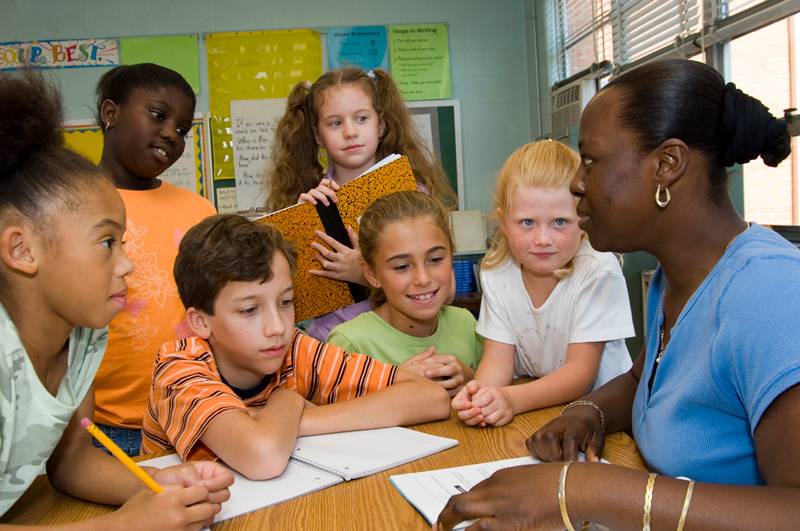The Power of Peer
Teaching: Strategies for Student Collaboration
Peer teaching, also known as peer-assisted learning,
harnesses the power of student collaboration to enhance understanding and
retention of material. This approach not only benefits the learners who receive
the information but also the peers who are teaching, as it reinforces their own
understanding of the subject matter. Here are some effective strategies for
implementing peer teaching in the classroom:
Jigsaw Technique: Divide the class into small groups and
assign each group a different portion of the material to become experts on.
Then, have students rotate to share their expertise with members of other
groups. This encourages collaboration, as each student becomes responsible for
teaching a specific part of the lesson.
Think-Pair-Share: Begin with a question or problem related
to the lesson. Students first think about it individually, then pair up to
discuss their thoughts. Finally, they share their ideas with the class. This
strategy encourages active participation, collaboration, and the articulation
of ideas.
Peer Tutoring: Pair students with varying levels of
understanding, where the more proficient student acts as the tutor and helps
their peer understand the material. This one-on-one interaction fosters a
supportive learning environment and allows for personalized explanations.
Group Projects: Assigning group projects encourages
collaboration, communication, and the division of tasks. Students learn from
each other's strengths, perspectives, and approaches to problem-solving,
leading to a deeper understanding of the material.
Peer Review: Have students review each other's work,
providing feedback and suggestions for improvement. This not only enhances
understanding through the process of explaining concepts to others but also
helps develop critical thinking and analytical skills.
By incorporating these strategies, educators can tap into
the power of peer teaching to create a dynamic and engaging learning
environment. Students not only benefit from diverse perspectives and
explanations but also develop valuable communication, collaboration, and
critical thinking skills that are essential for success in both academic and
real-world settings.


